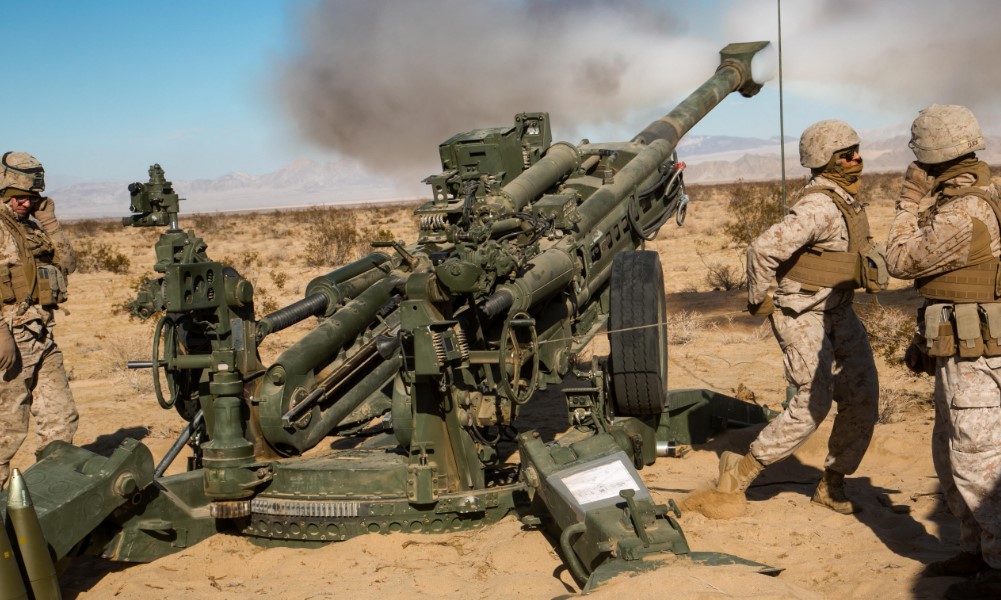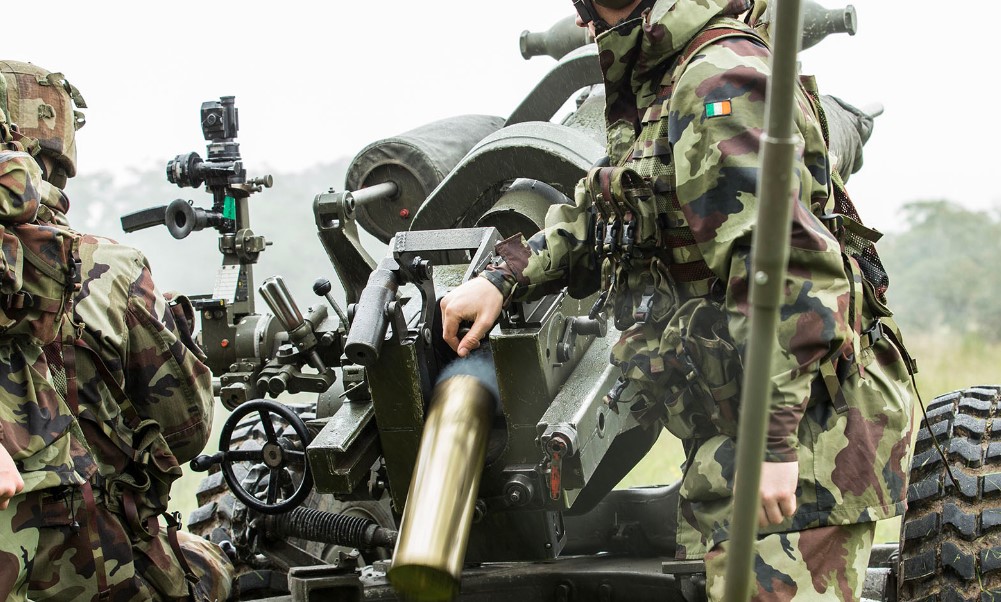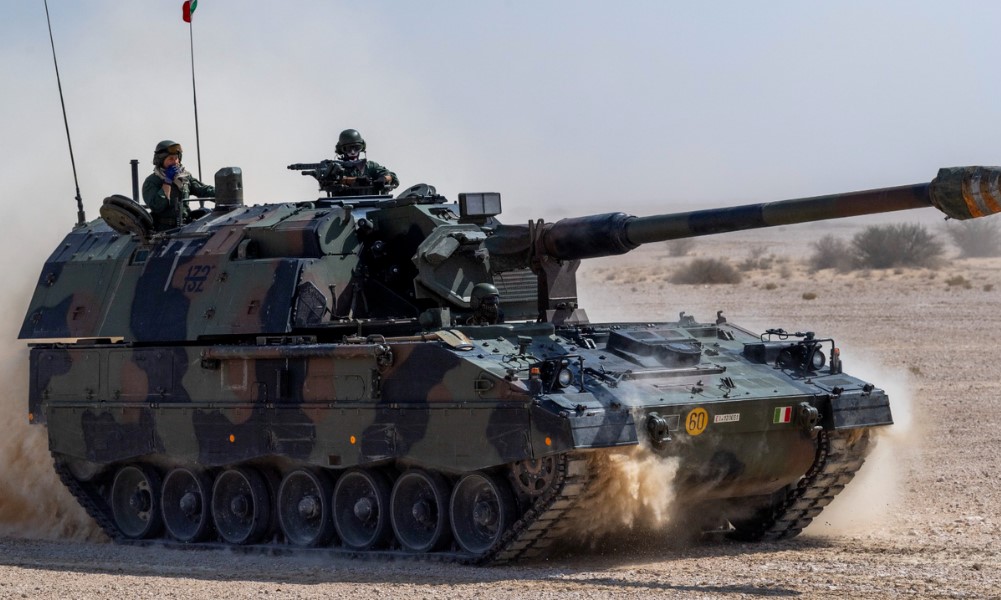Artillery regiments serve as one of the most crucial components of modern military strategy, providing overwhelming firepower and tactical support to ground forces. They form the backbone of many military operations by offering both defensive and offensive capabilities, ranging from neutralizing enemy positions to providing cover fire for advancing troops. In this comprehensive guide, we will take an in-depth look at the significance of artillery regiments, the types of artillery they use, the benefits of modern artillery systems, and the detailed process of acquiring such equipment.
What is an Artillery Regiment?

An artillery regiment is a military unit specializing in the use of large-caliber firearms, such as cannons, howitzers, mortars, and rocket artillery.
These regiments are responsible for delivering heavy, long-range firepower to support ground forces. The primary function of artillery is to weaken, destroy, or displace enemy forces through a combination of direct and indirect fire.
Artillery regiments can operate in different combat environments, providing both offensive and defensive firepower, often playing a decisive role in battle outcomes.
Core Artillery Systems Used by Regiments

Artillery regiments play a crucial role in modern military operations, and they rely on a variety of artillery systems to deliver precise and powerful firepower across the battlefield. The primary types of artillery systems used by regiments include howitzers, cannons, mortars, and rocket artillery. Each of these systems has unique capabilities that suit different combat scenarios.
- Howitzers
Howitzers are versatile artillery systems with the ability to fire shells at both low and high angles. This flexibility makes them ideal for both direct and indirect fire. Howitzers are widely used for long-range bombardments, targeting enemy fortifications, and providing support to advancing ground troops. The M777 Lightweight Towed Howitzer, for example, is known for its mobility and precision, capable of striking targets up to 40 kilometers away. - Cannons
Cannons are long-barreled artillery pieces designed primarily for direct fire, meaning they target enemies in a straight line of sight. These systems are known for their accuracy and ability to engage enemy vehicles and fortified positions. Cannons are typically deployed in situations where pinpoint precision is essential. - Mortars
Mortars are smaller, portable artillery systems that fire shells at steep angles, allowing them to reach targets in difficult-to-access areas. Mortars are often used in urban warfare or rugged terrains where mobility is crucial. They are highly effective for close-range indirect fire support. - Rocket Artillery
Rocket artillery, such as the M270 Multiple Launch Rocket System (MLRS), delivers devastating firepower over long distances, often saturating large areas with rockets. These systems are ideal for area denial and large-scale suppression of enemy forces, providing a significant strategic advantage in combat.
Strategic Importance of Artillery Regiments

The strategic importance of artillery regiments cannot be overstated. Their ability to provide long-range firepower enables them to shape the battlefield before ground forces even arrive.
Artillery units can disable enemy strongholds, destroy vital infrastructure, and create “kill zones” that prevent enemy movements.
Moreover, with modern advancements like precision-guided munitions, artillery can target key assets with pinpoint accuracy, minimizing collateral damage while maximizing operational effectiveness.
Benefits of Artillery Systems
The advantages of deploying artillery systems in military operations are vast. Here are several critical benefits:
- Long-Range Firepower: One of the main advantages of artillery is its ability to engage targets over great distances. Modern artillery systems, such as howitzers and rocket artillery, can reach targets located many kilometers away, allowing military forces to strike at enemy forces from a safe distance.
- Tactical Versatility: Artillery can be used in a variety of scenarios, from offensive operations to providing defensive cover. In offensive roles, artillery can soften enemy defenses before an assault, while in defensive positions, it can create effective kill zones, preventing enemy advances.
- Area Denial: Rocket artillery, in particular, is effective for area denial, where the goal is to make a specific geographic area unusable or too dangerous for the enemy. Artillery bombardments can create no-go zones for enemy troops, effectively controlling the battlefield.
- Precision Strikes: With the integration of GPS and other advanced targeting systems, artillery units can now deliver highly precise strikes. This allows for targeted destruction of enemy assets with minimal risk to friendly forces or civilian infrastructure.
- Cost-Effective Firepower: Compared to other forms of long-range weaponry, such as air strikes or missile systems, artillery can be more cost-effective. While the initial investment in artillery systems is high, they can deliver sustained firepower over extended periods without the same recurring costs as aircraft or drones.
Top Artillery Equipment: Detailed Product Information
When discussing artillery regiments, it’s essential to highlight some of the top-performing artillery equipment used by militaries worldwide. Here, we will review five key artillery products, their detailed features, use cases, and where you can purchase them. We will also explain the advantages and disadvantages of each system, providing you with a well-rounded comparison.
1. M777 Lightweight Towed Howitzer
The M777 Lightweight Howitzer, developed by BAE Systems, is one of the most advanced and portable artillery systems in use today. This 155mm towed howitzer is known for its mobility, allowing artillery regiments to quickly deploy firepower in remote or rugged terrains.
- Use Case: Ideal for mobile operations where quick deployment is critical. The M777 has been used in both desert and mountainous environments, where traditional heavier artillery is impractical.
- Advantages: Lightweight, GPS-guided, high accuracy, effective at long ranges (up to 40 km).
- Disadvantages: Limited in sustained fire due to its lightweight design; can be vulnerable if not properly supported.
- Price: Approximately $4 million per unit.
- Where to Buy: Available for purchase through defense contractors like BAE Systems.
2. CAESAR 155mm Wheeled Howitzer
The CAESAR Howitzer, developed by Nexter Systems, is a highly mobile, self-propelled artillery system mounted on a 6×6 truck chassis. This allows for rapid mobility and deployment in various combat environments, from urban areas to open fields.
- Use Case: Best suited for regiments requiring high mobility and rapid deployment in both urban and rural combat scenarios.
- Advantages: Self-propelled, high mobility, extended range (up to 42 km), fast setup and takedown.
- Disadvantages: Limited armor protection compared to tracked artillery systems.
- Price: Approximately $5 million per unit.
- Where to Buy: Available from Nexter Group.
3. M270 Multiple Launch Rocket System (MLRS)
The M270 MLRS is a versatile rocket artillery system that can deliver rapid, devastating rocket barrages over long distances. This system is renowned for its ability to saturate an area with fire, making it perfect for area denial and large-scale suppression of enemy forces.
- Use Case: Designed for area suppression and anti-infantry operations, particularly in large-scale conflicts.
- Advantages: Capable of firing multiple rockets in quick succession, long-range capabilities (up to 70 km), effective in disrupting enemy formations.
- Disadvantages: Limited to specific rocket munitions; slower reload times.
- Price: Approximately $4.5 million per unit.
- Where to Buy: Available through Lockheed Martin.
4. 2S19 Msta Self-Propelled Howitzer
The 2S19 Msta is a highly reliable self-propelled artillery system used by several military forces globally. This system provides excellent firepower while offering enhanced protection due to its heavily armored chassis.
- Use Case: Suited for sustained fire support in high-intensity combat zones. The heavy armor allows it to operate in hostile environments with minimal risk.
- Advantages: High rate of fire, heavily armored, can engage multiple targets at various distances (up to 30 km).
- Disadvantages: Heavy and less mobile compared to wheeled howitzers.
- Price: Approximately $3.2 million per unit.
- Where to Buy: Available through Uralvagonzavod.
5. PzH 2000 Self-Propelled Howitzer
The PzH 2000 is widely regarded as one of the most advanced and powerful self-propelled howitzers available today. Built by Krauss-Maffei Wegmann, this system boasts advanced targeting systems, high firepower, and excellent range.
- Use Case: Best for high-intensity conflicts where precision and sustained fire are required. It excels in providing long-range fire support for ground operations.
- Advantages: Advanced fire control systems, long-range capabilities (up to 50 km), very high rate of fire, heavily armored.
- Disadvantages: Expensive to maintain and operate.
- Price: Approximately $7 million per unit.
- Where to Buy: Available from Krauss-Maffei Wegmann.
Product Comparison Table
| Product | Range | Rate of Fire | Mobility | Cost (Approx) | Key Features |
|---|---|---|---|---|---|
| M777 Lightweight Howitzer | 40 km | Moderate | High | $4 million | GPS-guided, lightweight |
| CAESAR 155mm Howitzer | 42 km | Moderate | High (self-propelled) | $5 million | Self-propelled, highly mobile |
| M270 MLRS | 70 km (rockets) | High | Moderate | $4.5 million | Multiple rocket launches, long-range |
| 2S19 Msta Howitzer | 30 km | High | Low (self-propelled) | $3.2 million | Armored, sustained firepower |
| PzH 2000 Howitzer | 50 km | Very High | Moderate | $7 million | Advanced targeting, high rate of fire |
Detailed Benefits of Modern Artillery Systems
Investing in modern artillery equipment offers a multitude of benefits for both offensive and defensive military operations:
1. Strategic Firepower
Artillery systems provide a unique combination of long-range precision and devastating firepower, enabling forces to shape the battlefield before ground troops even engage. This level of firepower allows for precision strikes on high-value targets such as enemy command centers or fortified positions, effectively disrupting enemy coordination and strategy.
2. Force Multiplier
By using advanced artillery systems, a smaller force can exert control over a larger area. Artillery regiments equipped with long-range weapons can maintain superiority over enemy forces that lack equivalent firepower, allowing them to win engagements through attrition and strategic positioning.
3. Operational Flexibility
Modern artillery systems, especially mobile ones like the CAESAR Howitzer and M777, offer high levels of flexibility. Regiments can move these systems quickly into position, fire, and then relocate before the enemy can retaliate. This “shoot-and-scoot” tactic minimizes the risk of counter-battery fire, giving the regiments a tactical advantage.
4. Lower Costs in Prolonged Engagements
Compared to aerial bombardment or missile strikes, artillery provides a more cost-effective means of delivering sustained firepower. While initial investments in artillery equipment may be high, the cost per strike is relatively low, making it an efficient choice for prolonged engagements.
Where to Buy Artillery Equipment and How to Purchase
Acquiring military-grade artillery systems involves navigating complex procurement processes. These purchases are typically handled through government-to-government sales or authorized defense contractors. Below is a step-by-step guide on how to buy these artillery systems:
- Identify a Licensed Supplier: Defense contractors such as BAE Systems, Nexter Group, and Lockheed Martin are some of the largest suppliers of military artillery systems. Governments or authorized military organizations can purchase from these entities.
- Submit a Request for Proposal (RFP): Interested buyers must submit an RFP detailing their specific requirements, such as range, rate of fire, mobility, and budget. The suppliers will then provide proposals based on the request.
- Negotiate Contracts and Pricing: Once a supplier has been chosen, negotiations on pricing and delivery timelines take place. Prices for artillery systems can vary based on the scale of the order and the customization required.
- Complete Regulatory Approvals: Depending on the country, multiple levels of approval from both the buyer’s and supplier’s governments may be required.
- Final Purchase and Delivery: Once contracts are signed and approvals are secured, the supplier will arrange for the delivery of the artillery equipment.
To explore purchasing options and begin the procurement process, you can visit the following suppliers:
- BAE Systems
- Lockheed Martin
- Nexter Group
- Uralvagonzavod
- Krauss-Maffei Wegmann
Frequently Asked Questions (FAQs)
- What is the typical range of modern artillery systems?
The range varies depending on the system, but most modern howitzers and rocket artillery have ranges between 30 km and 70 km. - How does GPS-guided artillery differ from traditional systems?
GPS-guided artillery uses precision guidance to accurately hit specific targets, reducing collateral damage and increasing effectiveness compared to unguided artillery. - What factors should I consider when purchasing artillery for my regiment?
Key factors include the range of the system, rate of fire, mobility, and cost. It’s important to match these capabilities with your operational needs. - Can civilians purchase military-grade artillery?
No, military artillery systems are heavily regulated and can only be purchased by authorized governments or military organizations. - How much does an artillery system cost?
The cost can vary widely depending on the type of system and its capabilities, but prices generally range from $3 million to $7 million.